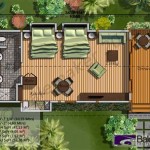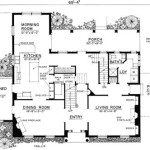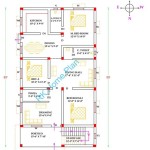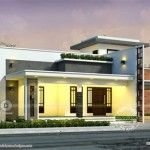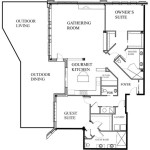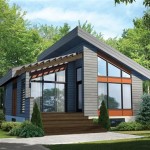Bunker Home Floor Plans
Bunker homes, also known as underground homes or earth-sheltered homes, offer unique advantages in terms of security, energy efficiency, and environmental impact. Designing a functional and comfortable bunker home requires careful consideration of floor plans that maximize space utilization and address the specific challenges of underground living.
Key Considerations for Bunker Home Floor Plans
Several factors influence the design and layout of a bunker home floor plan. These considerations are crucial for creating a habitable and sustainable underground dwelling.
Space Optimization
Space is often at a premium in bunker homes. Efficient floor plans prioritize functionality and minimize wasted space. Multi-purpose rooms, built-in storage, and vertical space utilization are common strategies for maximizing available area.
Natural Light and Ventilation
Bringing natural light and fresh air into an underground space presents unique design challenges. Strategically placed skylights, light wells, and courtyards can introduce natural light. Mechanical ventilation systems are essential for ensuring adequate airflow and air quality within the bunker.
Moisture Control and Insulation
Underground environments are naturally prone to moisture. Effective waterproofing and moisture barriers are critical components of bunker home construction. Proper insulation also plays a vital role in regulating temperature and preventing condensation.
Emergency Exits and Safety Features
Safety is paramount in bunker home design. Floor plans should incorporate multiple emergency exits, clearly marked escape routes, and safety features such as fire suppression systems and backup power generators.
Types of Bunker Home Floor Plans
Bunker home floor plans vary depending on the specific needs and preferences of the occupants. Several common types of layouts cater to different lifestyles and family sizes.
Single-Level Bunker Homes
Single-level bunker homes offer a straightforward layout, often featuring open-plan living areas, combined kitchen and dining spaces, and bedrooms clustered on one side of the structure. This design is suitable for individuals, couples, or small families.
Multi-Level Bunker Homes
Multi-level bunker homes provide increased living space by incorporating multiple floors. These designs often utilize stairwells or elevators to connect different levels. The upper levels may be partially exposed to the surface, allowing for increased natural light penetration.
Modular Bunker Homes
Modular bunker homes are constructed using prefabricated modules that are assembled on-site. This construction method offers advantages in terms of speed and cost-effectiveness. Modular designs can be customized to meet specific requirements and can be easily expanded or modified in the future.
Underground Shipping Container Homes
Repurposed shipping containers offer a durable and cost-effective option for bunker home construction. These containers can be modified and stacked to create multi-level structures. Shipping container homes are particularly well-suited for off-grid living.
Elements of a Typical Bunker Floor Plan
While specific layouts vary, certain elements are commonly found in bunker home floor plans. These features address the unique requirements of underground living.
Main Living Area
The main living area serves as the central gathering space within the bunker home. This area typically includes a living room, dining area, and kitchen. Open-plan layouts are common, promoting a sense of spaciousness.
Bedrooms and Bathrooms
Bedrooms and bathrooms are strategically located within the bunker to provide privacy and comfort. Bedrooms may feature built-in storage to maximize space utilization.
Utility and Mechanical Rooms
Bunker homes require dedicated spaces for utility and mechanical equipment, including ventilation systems, water filtration systems, and backup power generators. These rooms are typically located away from living areas to minimize noise and vibrations.
Storage Areas
Ample storage space is essential in bunker homes. Designated storage areas are incorporated into the floor plan to accommodate food supplies, emergency equipment, and personal belongings.
Security Features
Security features are integrated into the design of bunker home floor plans. These may include reinforced doors and walls, security cameras, and alarm systems. Access points are carefully controlled to enhance security and privacy.
Careful planning and consideration of these key elements are crucial for creating a functional and comfortable bunker home that meets the specific needs and preferences of its occupants. A well-designed floor plan ensures efficient space utilization, addresses the challenges of underground living, and prioritizes safety and security.

Pin On Underground Bunker Plans

And Floor Plans

Bunker House Nha Dan Architects Archdaily

And Floor Plans

Gallery Of Bunker House Nha Dan Architects 27

And Floor Plans

Uncover The Intriguing And Floor Plans Of Underground Bunkers

Floorplans Walkthrough Of Luxury Underground Shelters Core77

Luxury Bunker Design

And Floor Plans

